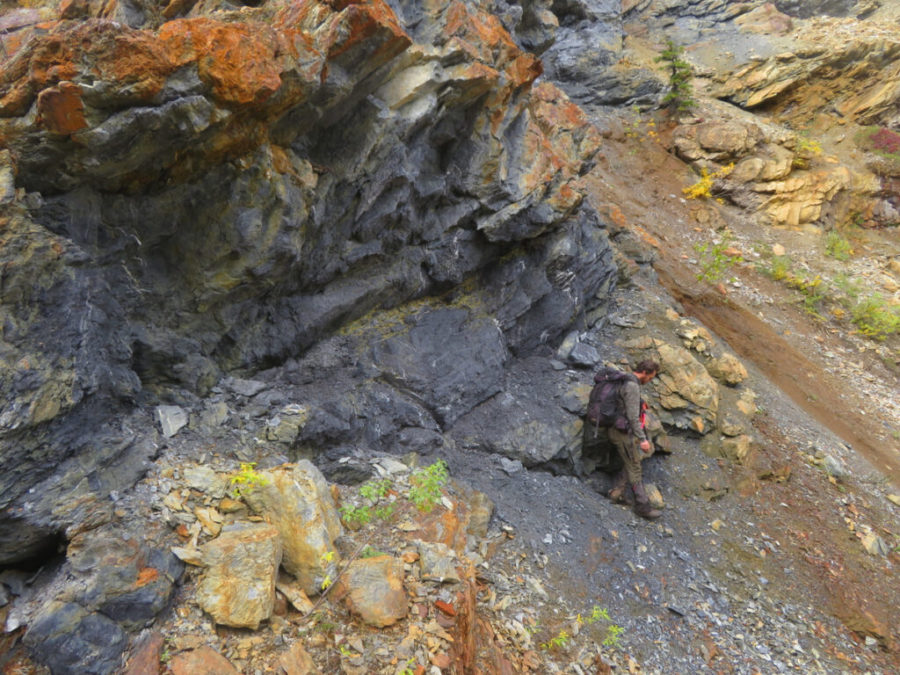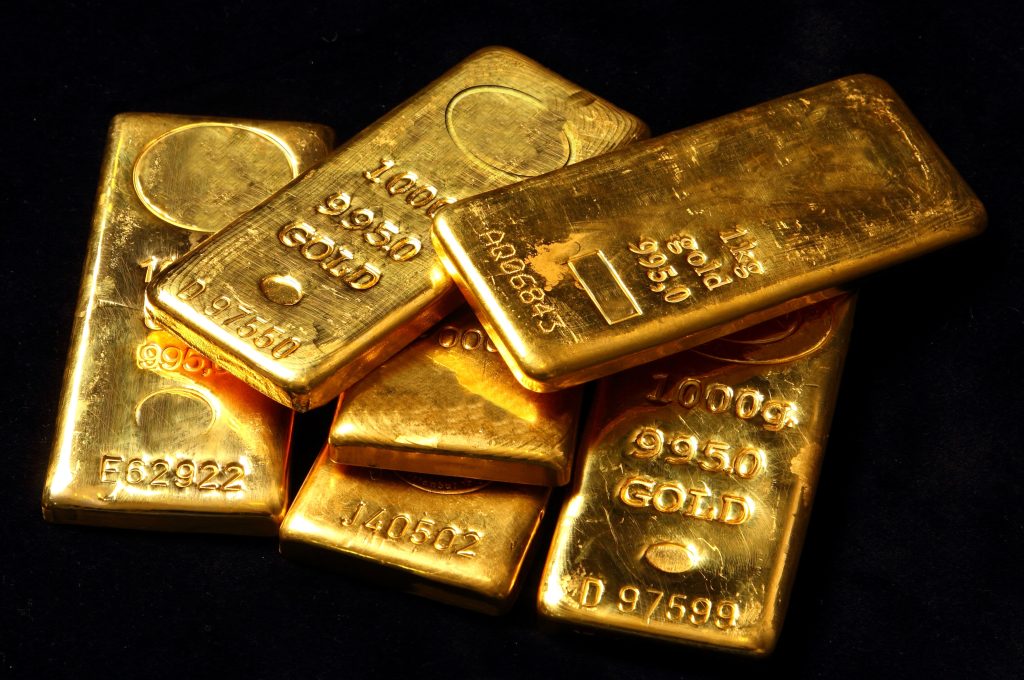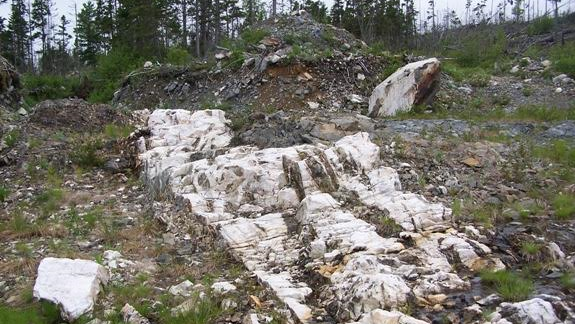In early January 2020, gold prices were steadily escalating on the heels of strong investor confidence fueled by some of the largest mining M&A transactions in recent history, including Newmont’s merger with Goldcorp (US$10 billion), and Kirkland Lake Gold’s acquisition of Detour Gold (US$3.8 billion).
Over the past 12 months, gold prices had risen from US$1,299 per oz. in January 2019 to US$1,476 in December 2019. Meanwhile, in and around that time, the now infamous COVID-19 virus was also gaining momentum, sweeping across Wuhan, the capital city of China’s Hubei province. At first, markets around the world were indifferent to the initial outbreak, as equity markets and commodities, including gold (US$1,560 per oz. as of January 2020), continued to rally to their highest levels in years.
Then, on March 11, the World Health Organization (WHO) officially classified the outbreak of the disease as a pandemic and chaos ensued. The concern about COVID-19 has wreaked havoc on markets around the world, laying the groundwork for what will most likely become the next recession. With the arrival of spring, investors have seen their savings diminish along with the melting snow. While some sell-shocked investors have turned to cash amidst the uncertainty, others have looked to gold as the cure to their ailing portfolios. Gold closed at US$1,471 per oz. on March 19.
One question to ask is how did gold withstand previous public health emergencies?
Continue reading at The Northern Miner.





Comments